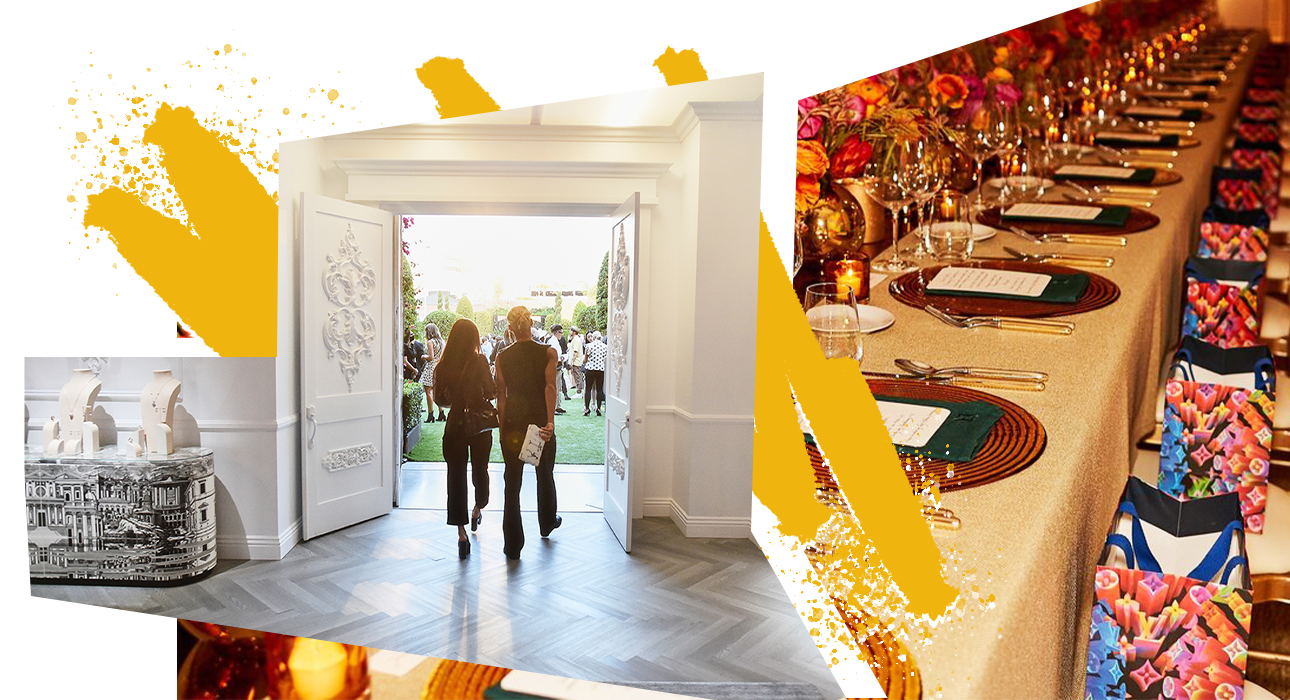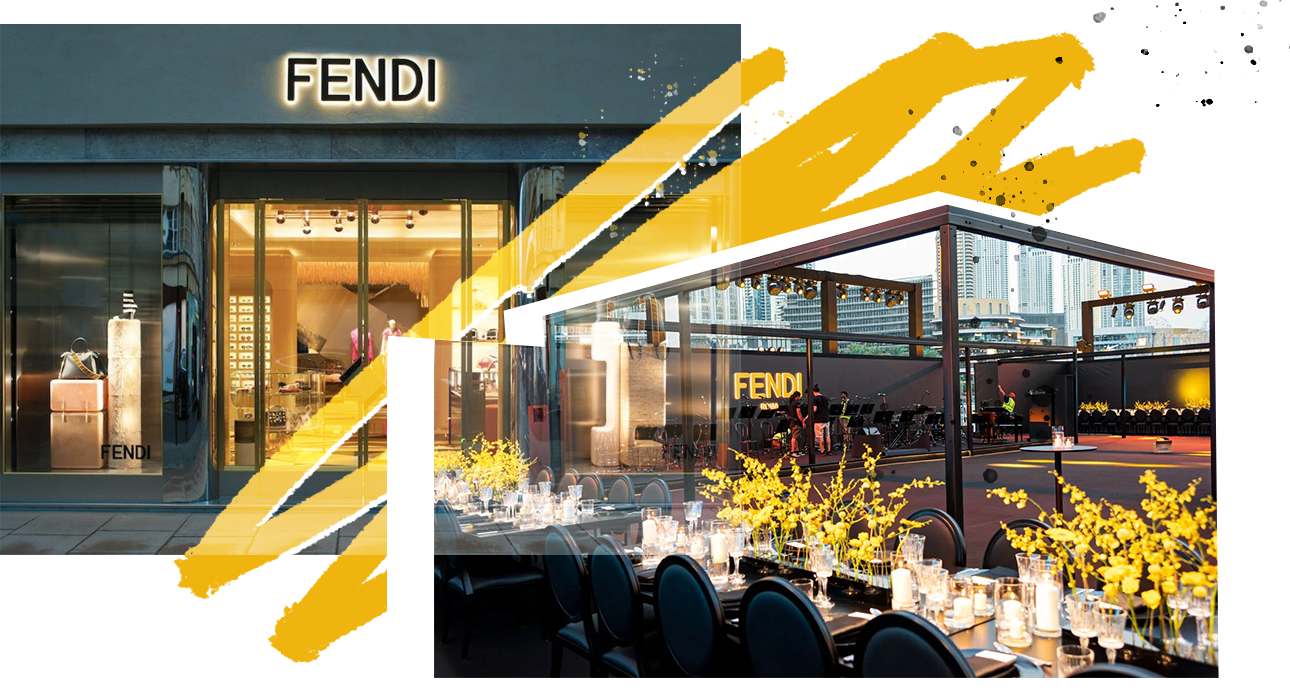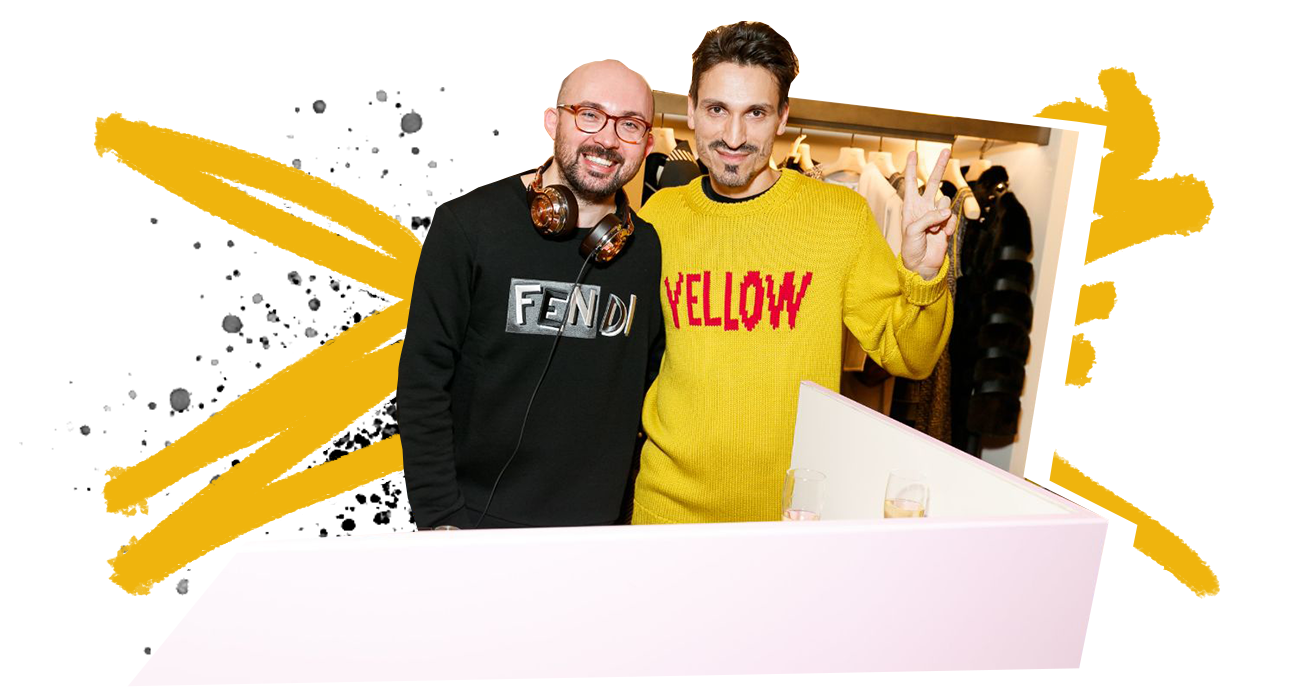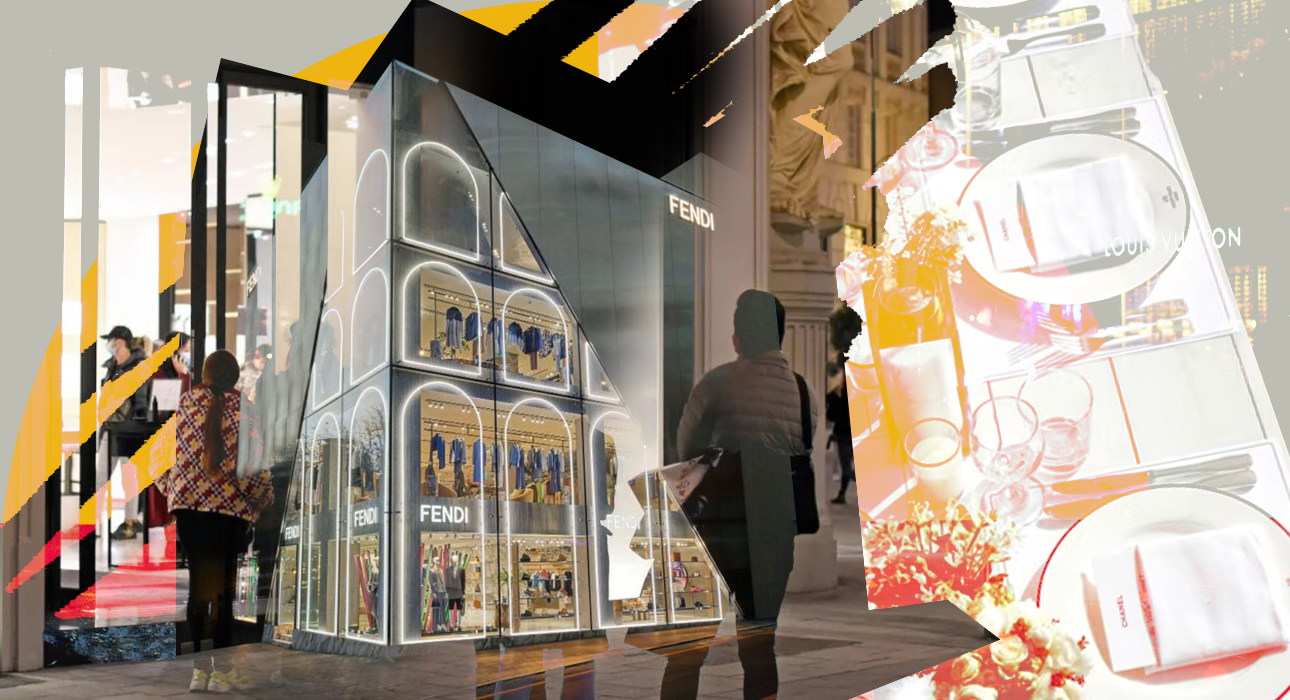The world of luxury is mysterious and contradictory. People with large bank balances have to queue up just to get into a boutique. But even this cannot 100% guarantee the purchase of this or that thing. Meanwhile, the Hermes brand actively uses the myth that cult models of Kelly and Birkin bags can only be purchased by establishing great friendships with the brand or signing up for a waiting list. By the way, this is very accurately conveyed in one of the episodes of Sex and the City. When the store clerk informs Samantha that the waiting list is scheduled five years in advance, Samantha angrily asks: “For a bag?” To which the consultant calmly replied: “This is not just a bag, Birkin.”
In fact, there are many myths and scandals associated with the luxury segment of the fashion market, and it is impossible to collect them all in one material. For example, there were cases when unscrupulous boutique workers sold fakes, and there were also cases where the items in the collection were not sold on a national basis (yes, we are talking about our compatriots who refuse boutiques of Chanel and other brands) .
But we are not here today to discuss scandals. Our task is the opposite – to understand what a customer of a luxury brand is getting in return. And it’s not just about valuable bags, shoes and jackets. Ilya Davydov, a fashion industry insider and author of the Soldier of Fashion Telegram channel, put everything in order and talked about how brands work with very important customers. And we do not doubt for a moment the expertise of this person. From 2011 to 2020, Ilya served as the only official representative of the Fendi press service in Russia.

Ilya Davydov
Customers and fans

What is the difference between a luxury brand and a non-luxury brand other than product quality, product prices, premium store locations, and other obvious features? First of all, in customer service. In big fashion houses like Louis Vuitton, Dior or Fendi, the relationship between the customer and the company is a cult theme.

It is used to produce textbooks, conduct ongoing training, serve drinks to customers, paying great attention not only to what kind of containers should be in the boutique, but also to the appearance, relationship rules and role of staff. employee in the client’s life.
theory and practice
The science of buyer-seller relations is called CRM – customer (customer) relationship management. Louis Vuitton had a dedicated CRM ambassador in the Russia office, but even the general manager had personal contact with many clients and knew their sales history well. Fendi did not have such a person, and the general did not take this into his head, he himself did not know anyone, so the managers of the boutiques performed CRM functions.

There is a special computer program that contains contacts and sales history to keep track of customers, but all personal information such as birthdays, children’s names, pets, important dates for the customer should be kept in mind by an employee with CRM functionality. . This is necessary in order to organize the necessary service in a timely manner – messages, flowers, gifts, etc.
customer categories
All customers, except those considered and divided into categories – from the basic, which includes any person who has even purchased a handkerchief, to the most premium, which means special privileges.

Each company categorized their customers differently. For example, at Fendi the basic ones were called Explorer, Fun, Star, the most prestigious – Elite, Elite plus and Club.
To become a client at the Club level, it was necessary to spend more than 50 thousand euros per year, and for the Elite level – more than 20 thousand. The lowest category of Explorer – purchases up to 1000 Euro, Star or Fun – from 1000 to 5000. You can automatically enter the premium category by purchasing a fur coat or crocodile bag. The Fendi boutique on Stoleshnikov Lane had 10 customers of the highest Club level.
first class ticket

In general, any one-time purchase over 10,000 Euros is considered an event, regardless of which Fendi boutique it takes place, the manager or director of the boutique sent an email notification, called high-ticket communication. The interlocutors are all the top managers of the company, in the copy they are the managers and directors of all the flagship boutiques of the continent. Such a letter detailed the situation in which an expensive thing was sold, and also expressed gratitude to the hero of the occasion.

I once received such an honor – thanks to me, a Fendi Peekaboo crocodile bag was sold. Actually, it didn’t cost me much – a friend wrote to WhatsApp and asked if we had crocodile bags. After taking photos from my colleagues in the store and sending them to him, everything happened quickly – a driver came to Stoleshnikov with a bundle of dollars, they were immediately replaced in the heat exchanger, and the bag was sent to a happy customer. Thus, thanks to high-ticket communication, the name spread throughout Europe.
Together forever
If the customer has not made a purchase for three years, all values are reset. Despite discrimination, every customer was important to the company. It was believed that even if today he has no money, but has already bought something, tomorrow he will be able to climb the social ladder (inherit, marry, move up the career ladder) and return to shopping with new appetites. Building long-term relationships with customers was important, and the company provided the necessary tools for this.

On the pen were not only customers who had already made a purchase, but also potential customers – potential customers. These could be competitors’ customers or stray boutique visitors who didn’t buy anything but had potential – collecting and developing them was no less important than working with existing ones.
There were special privileges for different categories. They started with invitations to events in the boutique, personal notification of newcomers through personal communication with the seller, some signs of attention. All communication was carried out through a service account, and of course management had access to correspondence. If an employee left, the entire database would be deleted.

But the reverse has also happened – an employee who quits and moves to a new job can bring his own pool of buyers with him. Therefore, the former manager of the Moscow Fendi boutique attributed most of his clients to the products of a famous Russian designer (including very expensive fur coats) and arranged for them branded champagne parties at a new workplace in the boutique on Ostozhenka.
The relationship between the customer and the seller sometimes crossed the line of business – in general, the company encouraged this, but warned that there should be no excesses and that distance should be maintained. Employees became guests of customers on family holidays, spent free time with them. There were also cases of marriage of employees and customers.

For many it was a test, and some even caught star fever, assuming that the client had spent huge sums on the company because of them alone. Yes, there have been occasions when customers were angry about why their favorite salesperson was fired or even refused to cross the brink of the boutique, but it was usually just talk until a new collection arrived.
Source: People Talk
Elizabeth Cabrera is an author and journalist who writes for The Fashion Vibes. With a talent for staying up-to-date on the latest news and trends, Elizabeth is dedicated to delivering informative and engaging articles that keep readers informed on the latest developments.





